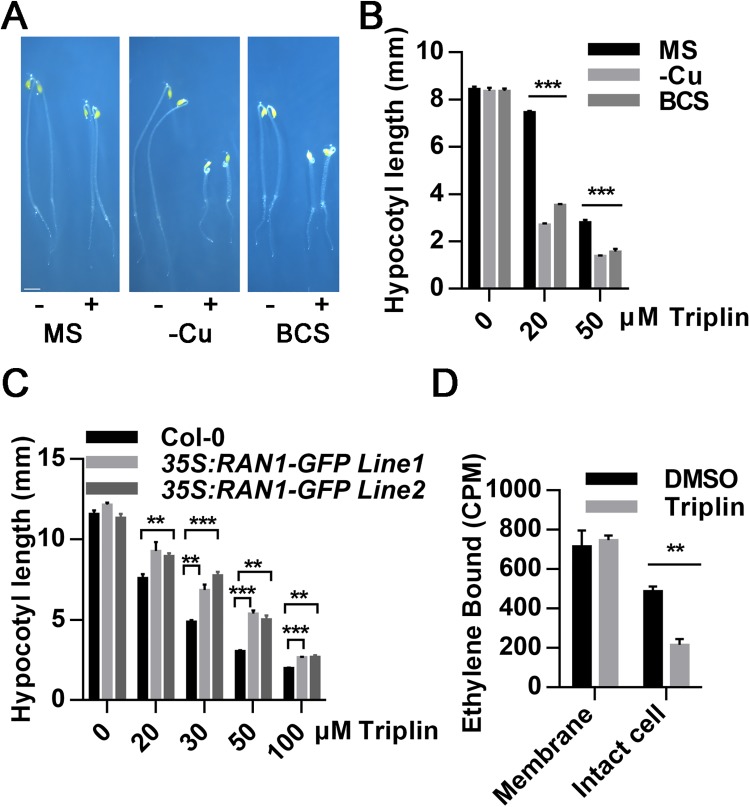Fig 4. Triplin can affect the transport of copper ions in vivo.
(A) The phenotypes of 3-day-old, dark-grown seedlings of Col-0 on different growth medium with (+) or without (-) 20 μM triplin. -Cu represents the growth medium made of all essential elements needed for plant growth except copper ion. BCS represents the growth medium made of 0.5xMS salt with 500 μM of the copper ion chelator BCS. Scale bar represents 1 mm. (B) The hypocotyl length of 3-day-old seedlings as described in (A). The difference of the hypocotyl lengths represent either the seedlings grown on -Cu or BCS medium compared to the ones grown on 0.5xMS. (C) The hypocotyl length of 3-day-old seedlings of Col-0 and 35S: RAN1-GFP lines grown in dark under different dose of triplin. (D) Triplin’s effects on ethylene-binding to ETR1 expressed in yeast. Saturable ethylene binding to intact yeast cells expressing the ethylene binding domain of ETR1 and membranes isolated from these yeast cells was measured. Ethylene binding is indicated as counts per minute (CPM). Each experiment was repeated three times, and error bars represent SEM. In (B) and (C), experiments were repeated three times, more than 30 seedlings were used every time. Error bars represent SEM. *P < 0.05, **P < 0.01, ***P < 0.0001 (two-tailed Student’s t-test) indicate a significant difference between groups of different treatments.

